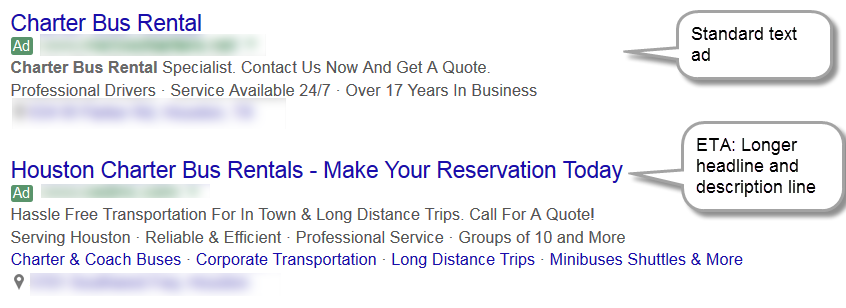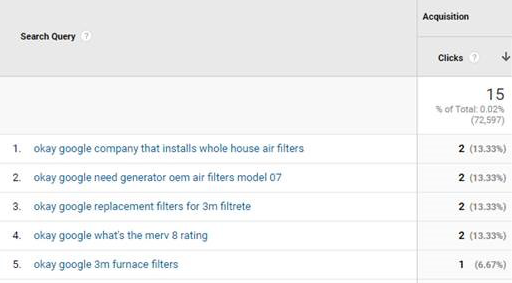January 27 2017
Paid Search Trends to Look for in 2017
Each year sees new developments in digital marketing, and at their core these changes are driven by the goal of improving relevancy and usefulness for users.
In 2016, we saw a number of changes in the paid search space. Google removed right-side ads from its results pages, Expanded Text Ads (ETAs) were introduced, and device-specific bidding was made available, among other changes. We also saw searches coming from virtual assistants on the rise, with user queries prompting the device with “Okay Google” or “Hey Siri”. As we move into 2017, we anticipate the continuation and growth of paid search trends that emerged last year.
Continued Growth in Mobile
A usable website is an important factor in not just sustaining a user’s attention, but also in capturing it in the first place. As mentioned in our SEO Trends to Look for in 2017 blog post, adoption of responsive websites is beginning to be more and more important for SEO. As explained in our post regarding Google’s upcoming Mobile-First Index, we know that a good mobile user experience is an important organic ranking factor. What we also know, it that it impacts paid search ad quality score for mobile device users. We expect to see ad quality score increasingly influenced by the mobile website experience for users on mobile devices.
Looking at paid search trends in 2017, we also anticipate further mobile-centric adjustments to how search engines serve ads, like more mobile-specific ad extension types. ETAs are still fairly new, so it will be important for advertisers to continue testing and evolving their ad text to best take advantage of the additional space that is now available (and shown below), as well as tweaking extensions to provide an informative, relevant, but not redundant message.
The rise of mobile is also closely related to high-intent local search queries, when users include a geographic modifier in their queries, like a city, neighborhood, zip code, etc. It will continue to be important to address this search behavior in paid search campaigns, by utilizing strategic location targeting and geographically modified keywords (represented in the example below) to place ads in front of these highly motivated, relevant users.
Audience Targeting for PPC in 2017
Last year saw increasing use of advertising platforms that offer sophisticated audience-based targeting, like Facebook. Facebook advertising can be powerful due to the wealth of data amassed by the platform; advertisers can target ads based on a user’s interests or demographic data, define lookalike audiences, and more. While these options have made Facebook an attractive advertising platform for some, we also see Google offering more robust audience targeting options, including targeting based upon things like interests, demographics, products users are shopping for or have recently searched for, and more.
Looking ahead, we expect to see paid search platforms like Google and Bing offer increasingly sophisticated audience targeting for search, display, shopping, and other ad formats.
Growth of Voice Search
As mentioned in our recent article about 2017 SEO Trends, voice search is in part tied to mobile through device virtual assistants on like Siri and Microsoft’s Cortana, but the increasing popularity of products like the Amazon Echo and Google Home will lead to the growth of voice search in the future. We will likely see this growth in 2017, but expect it to continue to boom in coming years as we anticipate the increased integration of artificial intelligence into things like cars, home appliances, and more.
Just as with local search behavior, it will also be important to strategically address the usage of voice search in paid search programs as well. While much of the voice search queries may be informational in nature, it’s important to consider the top and middle of funnel searches that are important to your business, so that users may be exposed to your brand earlier. Thinking through and crafting a strategy around the kinds of voice searches that are likely to be valuable for your business will be crucial.
2017 Trends for Paid Search
We foresee that 2017 will bring continued development of new features and trends that emerged in 2016. Advertising platforms and search engines will keep evolving based on how people consume information online. The prominence of mobile device usage will lead to increasing sophistication and options in the ways ads are served to those users. Audience targeting will become ever more refined so that advertisers are able to serve increasingly relevant, fine-tuned messages to users based on their online behaviors. The likely increasing usage of virtual assistants on phones and other devices will make voice a possible next frontier of the paid search landscape.




